
30BBL Brewing System: Everything You Need To Know
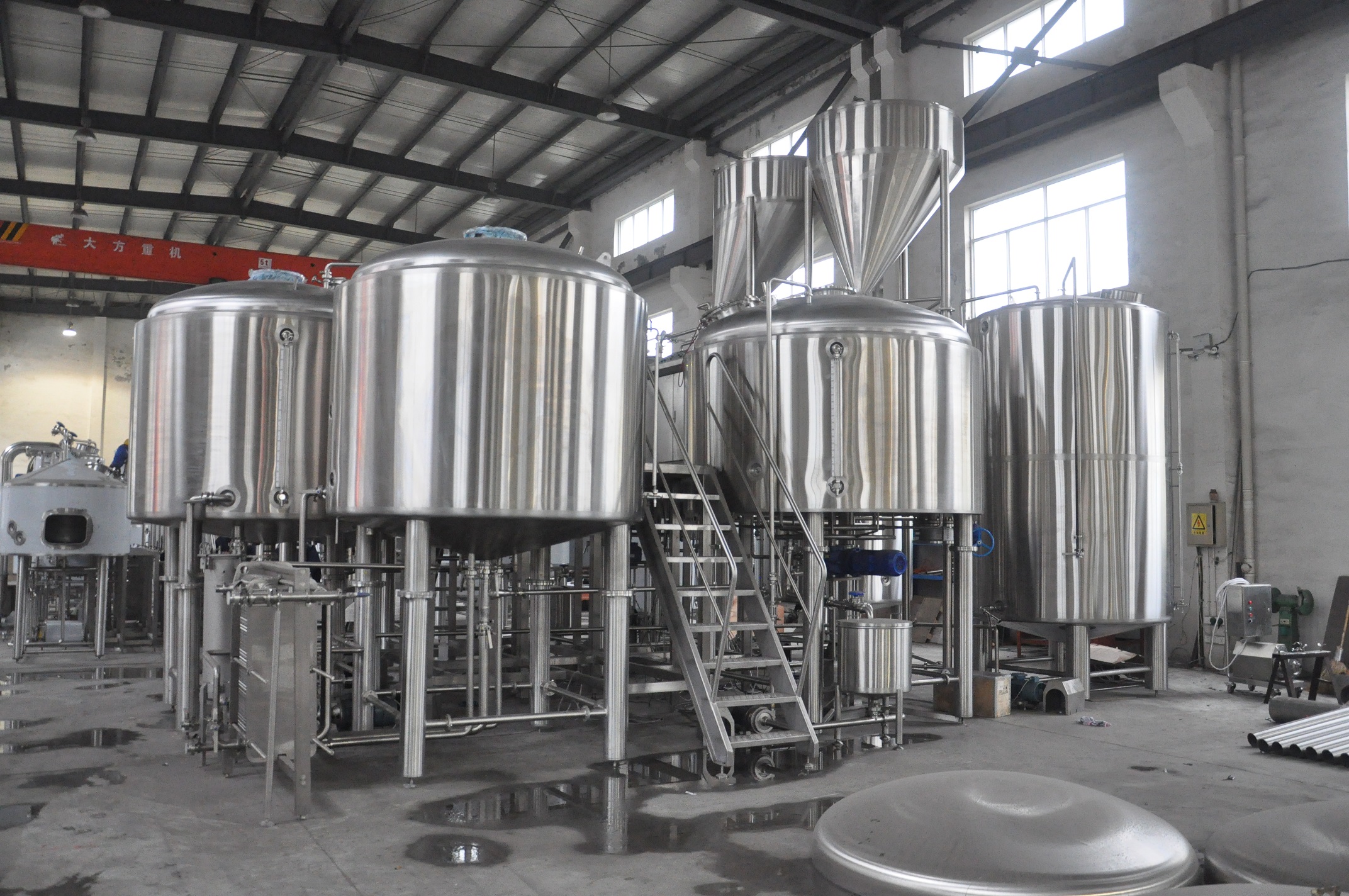
A 30bbl brewing system refers to a brewing system with a capacity of 30 barrels (bbl) per batch. This system is commonly used in medium to large-scale breweries and offers a higher production volume compared to smaller brewing systems.
What is a 30bbl brewing system?
A 30bbl brewing system refers to a brewing setup or equipment with a capacity of producing 30 barrels of beer in a single batch. A barrel is a unit of measurement commonly used in the brewing industry, and it is equivalent to 31.5 gallons or approximately 117.3 liters. Therefore, a 30bbl brewing system can produce around 945 gallons or 3,562 liters of beer per batch. It is a relatively large system commonly used in commercial breweries to produce substantial quantities of beer.
Key components of a 30bbl brewing system
The key components of a 30bbl brewing system typically include:
Mash Tun: A vessel used for mashing, where the crushed grains are mixed with hot water to extract fermentable sugars.
Lauter Tun: This vessel separates the liquid wort from the grain solids after mashing through a process called lautering.
Brew Kettle: A large vessel where the wort is boiled with hops and other ingredients, allowing for flavor and aroma extraction, as well as sterilization.
Whirlpool: This vessel is used to separate the hop and protein solids from the boiled wort through centrifugal force, creating a clear liquid known as “wort.”
Fermenters: Tanks where the wort is transferred for fermentation. Yeast is added, and the sugars are converted into alcohol and carbon dioxide, resulting in beer.
Bright Tanks: These are additional fermentation vessels used for conditioning and carbonating the beer before packaging.
Cooling System: Comprising of chillers and heat exchangers, this system cools the wort after boiling and also controls the fermentation temperature.
Pumps and Piping: Used for transferring liquids, such as water, wort, and beer, between different vessels and stages of the brewing process.
Control System: An automated system that monitors and controls various parameters like temperature, pressure, and timing throughout the brewing process.
Wort Aeration/Oxygenation System: Oxygenation of the wort before fermentation can be crucial for yeast health and fermentation efficiency. Aeration systems provide controlled oxygenation to the wort.
CIP Unit System: CIP systems allow for efficient cleaning of vessels, tanks, and pipelines without disassembly.
Storage Tanks: Large vessels used for storing water, brewing ingredients, and finished beer before packaging and distribution.
Packaging Equipment: This may include canning or bottling lines, kegging systems, labeling machines, and other equipment required for packaging the finished beer.
These components are the main elements of a 30bbl brewing system, though the exact setup and configuration may vary depending on the specific brewery’s needs and production processes.
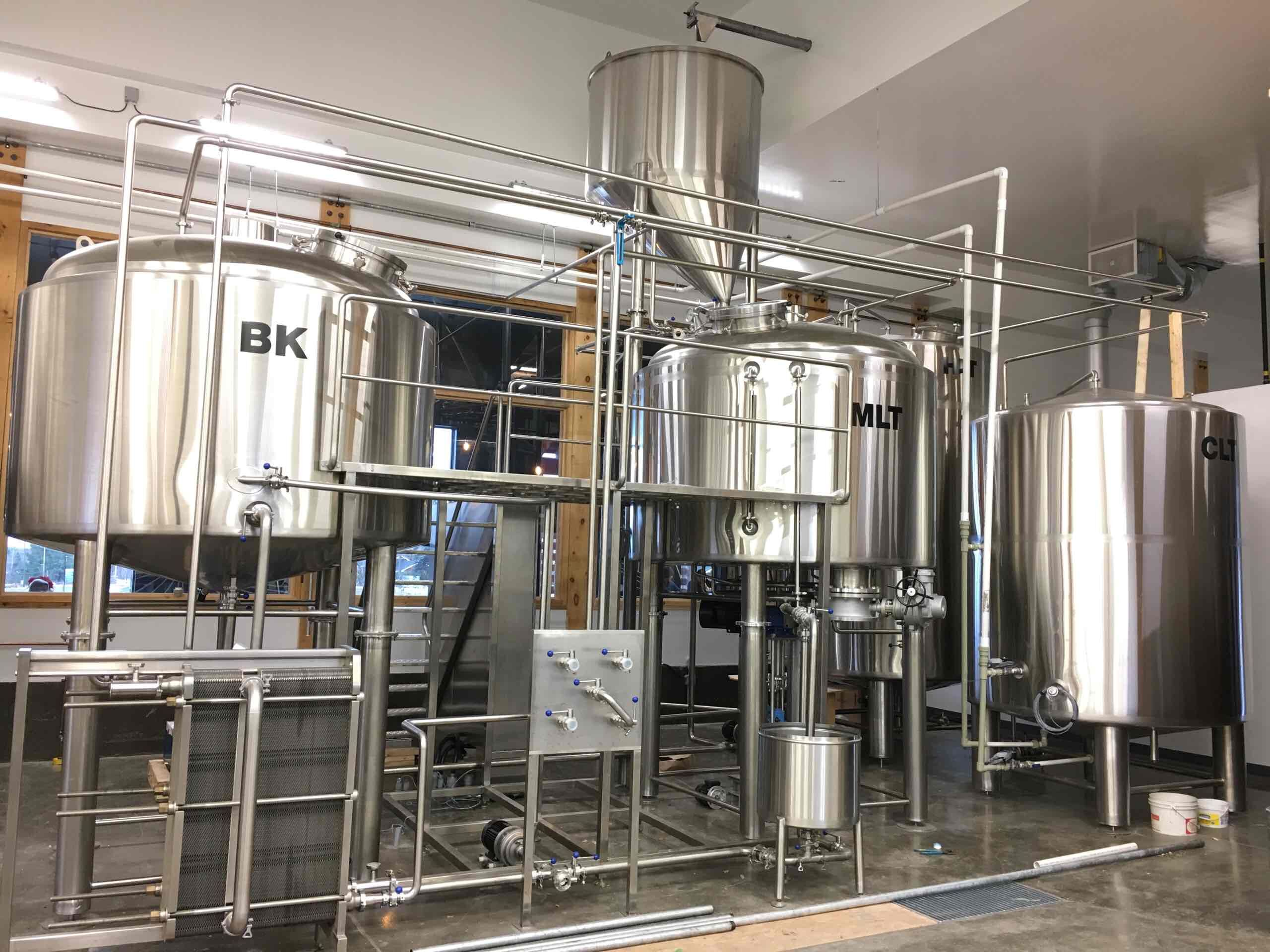
How does a 30bbl brewing system work?
A 30bbl brewing system typically consists of several key components and processes. Here is a concise overview of how it works:
Milling: The brewing process starts with milling, where the grains are crushed to expose their starches.
Mash Tun: The milled grains are mixed with hot water in the mash tun, creating a mixture called the mash. Enzymes in the grains convert starches into fermentable sugars during a set period of time known as mashing.
Lautering: The liquid portion of the mash, now called wort, is separated from the grain husks in a process called lautering. This typically involves transferring the mash to a separate vessel called a lauter tun and using a false bottom or screens to strain out the solids.
Boiling: The wort is transferred to the brew kettle, where it is brought to a boil. Hops are added at specific times during the boil to provide bitterness, flavor, and aroma to the beer. The boiling process also helps sterilize the wort.
Whirlpool: After boiling, the wort is transferred to a whirlpool vessel, where it is rapidly stirred to create a vortex. This helps separate solid particles and hop residues from the liquid.
Heat Exchange and Cooling: The hot wort needs to be rapidly cooled to a temperature suitable for fermentation. Heat exchangers or a cooling system, such as a plate or counterflow chiller, are used to achieve this.
Fermentation: The cooled wort is transferred to a fermentation vessel (often a cylindrical conical fermenter, or CCFT) and yeast is added. Yeast consumes the sugars in the wort, converting them into alcohol and carbon dioxide, while generating flavor and aroma compounds.
Conditioning: After fermentation, the beer may undergo a conditioning period where it is allowed to mature and develop flavors. This can take several weeks to months depending on the beer style.
Carbonation and Packaging: Once conditioning is complete, the beer is carbonated to the desired level, either naturally through bottle conditioning or by injecting carbon dioxide. It is then packaged into kegs, bottles, or cans for distribution and consumption.
It’s important to note that specific equipment and variations in the brewing process can vary depending on the brewery’s setup and individual preferences.
Benefits of a 30bbl brewing system
A 30bbl brewing system offers several benefits for breweries. Here are some key advantages:
Increased Production Capacity: A 30bbl brewing system allows for larger batch sizes, enabling breweries to produce a significant quantity of beer with each brew. This increased production capacity is advantageous for meeting high demand, supplying a larger customer base, and expanding distribution.
Efficiency and Cost Savings: Brewing larger batches can be more efficient than brewing multiple smaller batches. It reduces the overall labor, cleaning, and setup time required per batch, resulting in potential cost savings on labor and utilities.
Consistency and Quality Control: With a larger brewing system, it becomes easier to maintain consistent beer quality across batches. The equipment and processes can be more precisely controlled, resulting in better repeatability and reduced variations in the final product.
Scalability and Growth Potential: A 30bbl brewing system provides room for growth and scalability. Breweries can increase their production volume over time without the need for significant equipment upgrades or expansions. It offers flexibility for expanding distribution, entering new markets, or accommodating future growth.
Commercial Viability: Larger batch sizes can improve the commercial viability of a brewery. The increased production output can lead to better economies of scale, making it easier to achieve profitability and compete in the market.
Time Efficiency: Brewing larger batches reduces the frequency of brewing cycles, allowing brewers to dedicate more time to other aspects of the brewing process, such as recipe development, quality control, marketing, and customer engagement.
Brand Consistency: A 30bbl brewing system provides breweries with the capability to consistently produce their core beer offerings, maintaining brand identity and customer loyalty.
It’s worth noting that the suitability of a 30bbl brewing system depends on the specific needs and goals of each brewery. Factors such as market demand, available resources, and growth plans should be considered when determining the optimal brewing system size.
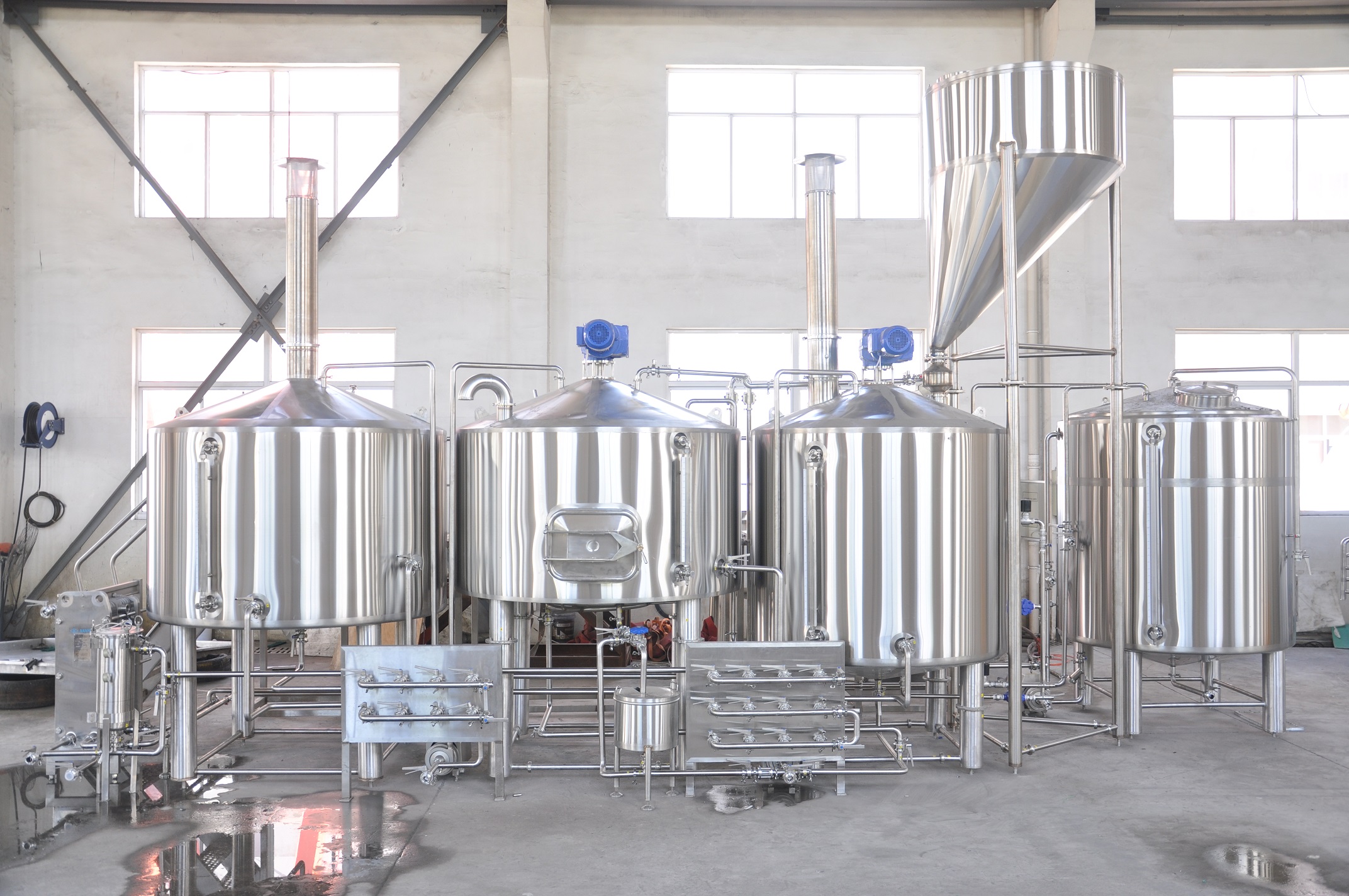
What should be consideration before investing in a 30bbl brewing system
Before investing in a 30bbl brewing system, several considerations should be taken into account to ensure a successful and cost-effective operation. Here are some important factors to consider:
Market Demand: Evaluate the market demand for your beer products and assess if there is sufficient demand to justify the increased production capacity. Conduct market research to understand consumer preferences, competition, and potential growth opportunities.
Financial Feasibility: Determine the financial feasibility of the investment. Calculate the return on investment (ROI) and assess if the projected increase in production capacity aligns with revenue projections and potential profitability. Consider the upfront capital costs, ongoing operational expenses, and financing options available.
Production Space and Infrastructure: Ensure you have adequate space for the larger brewing system and associated equipment. Consider factors such as floor space, ceiling height, utilities (water, electricity, gas), drainage, ventilation, and any necessary building modifications or permits.
Supply Chain and Raw Materials: Assess your ability to source raw materials, including grains, hops, yeast, and other ingredients, at a larger scale. Consider the availability, quality, and cost of these inputs, as well as any potential changes to supplier relationships and logistics.
Brewing Expertise and Workforce: Evaluate your brewing expertise and the capabilities of your team. A larger brewing system may require additional knowledge and skills to operate efficiently. Assess if you have the necessary expertise in brewing, recipe development, quality control, and maintenance, or if you need to hire or train additional staff.
Distribution and Sales Channels: Analyze your distribution network and sales channels. Determine if your existing network can support the increased production volume, or if you need to establish new partnerships or expand into new markets. Consider logistical aspects such as storage, transportation, and packaging requirements.
Operational Efficiency and Automation: Assess the efficiency of your existing brewing processes and workflows. Consider whether investing in automation and control systems can help improve efficiency, consistency, and quality control. Evaluate the potential benefits of automation and the associated costs.
Growth Plans and Scalability: Consider your long-term growth plans and assess if a 30bbl brewing system aligns with your expansion goals. Evaluate the potential for future scalability and the ability to further increase production capacity if needed.
Regulatory and Compliance Requirements: Understand and comply with local, regional, and national regulations related to brewing, safety, labeling, packaging, and licensing. Assess any potential changes or upgrades required to meet these requirements with the larger brewing system.
Industry Trends and Technology: Stay informed about industry trends, innovations, and technological advancements in brewing equipment. Consider how emerging technologies and practices can enhance your brewing operations, improve efficiency, and differentiate your products in the market.
It is recommended to conduct a thorough feasibility study and consult with industry experts, equipment manufacturers, and financial advisors to assess the viability and suitability of a 30bbl brewing system for your specific brewery.
Installation and Maintenance of a 30bbl Brewing System
The installation and maintenance of a 30bbl brewing system require careful planning and regular upkeep to ensure efficient and reliable operations. Here are some key considerations for both installation and maintenance:
Installation:
Space and Layout: Determine the space requirements for the brewing system, including the brewhouse, fermentation vessels, storage tanks, and other necessary equipment. Ensure adequate space for the system, utilities, access to components for maintenance, and compliance with local building and safety codes.
Utilities: Ensure that the necessary utilities are available and properly connected. This includes water supply, drainage, electrical power, and possibly gas supply for heating. Engage with professionals to assess and implement the required plumbing and electrical work.
Equipment Installation: Follow the manufacturer’s guidelines and specifications for installing the brewing system and associated equipment. This may involve assembling and positioning vessels, connecting pipes and hoses, and installing control panels. It is advisable to work with experienced technicians or consult the manufacturer’s support team during the installation process.
Safety Considerations: Prioritize safety during installation. Install safety features such as emergency shut-off valves, fire suppression systems, and proper ventilation. Ensure compliance with safety regulations and standards to protect both the equipment and personnel.
Testing and Commissioning: Once the system is installed, conduct thorough testing and commissioning to ensure proper functioning. Check for leaks, verify the accuracy of temperature and pressure sensors, and test the automation and control systems. Conduct trial brews to assess the performance and make necessary adjustments.
Maintenance:
Regular Cleaning: Establish a regular cleaning schedule to maintain sanitary conditions and prevent contamination. Clean and sanitize vessels, pipes, valves, and other components according to recommended protocols. Consider using chemical cleaning agents, hot water, and high-pressure cleaning methods as appropriate.
Preventive Maintenance: Implement a preventive maintenance program to identify and address potential issues before they become major problems. This includes routine inspections, lubrication of moving parts, checking seals and gaskets, and verifying the integrity of electrical connections. Follow the manufacturer’s maintenance recommendations and keep detailed records of maintenance activities.
Component Inspections: Regularly inspect critical components such as pumps, motors, heat exchangers, valves, and temperature control devices. Look for signs of wear, corrosion, leaks, or malfunctions. Replace or repair any faulty components promptly to prevent downtime and ensure optimal performance.
Calibration and Testing: Periodically calibrate sensors, gauges, and measuring devices to maintain accuracy. Test and verify the performance of temperature controllers, pressure relief valves, and safety mechanisms. Regularly monitor key parameters such as temperature, pressure, and flow rates during brewing operations.
Training and Documentation: Train your staff on proper maintenance procedures and ensure they understand the equipment’s operation and maintenance requirements. Keep detailed records of maintenance activities, including dates, performed tasks, and any observed issues. This documentation can help track maintenance history, troubleshoot problems, and ensure compliance with regulatory requirements.
Spare Parts Inventory: Maintain an inventory of critical spare parts to minimize downtime in case of equipment failures. Identify key components that are prone to wear or failure and ensure their availability. Work closely with equipment suppliers or manufacturers to source the necessary spare parts.
Expert Support: Establish a relationship with qualified technicians or service providers who can assist with complex maintenance tasks or repairs. Consult the brewing system manufacturer’s support team or authorized service providers for technical assistance, troubleshooting, and training.
By following these installation and maintenance practices, you can ensure the reliable operation, longevity, and optimal performance of your 30bbl brewing system.
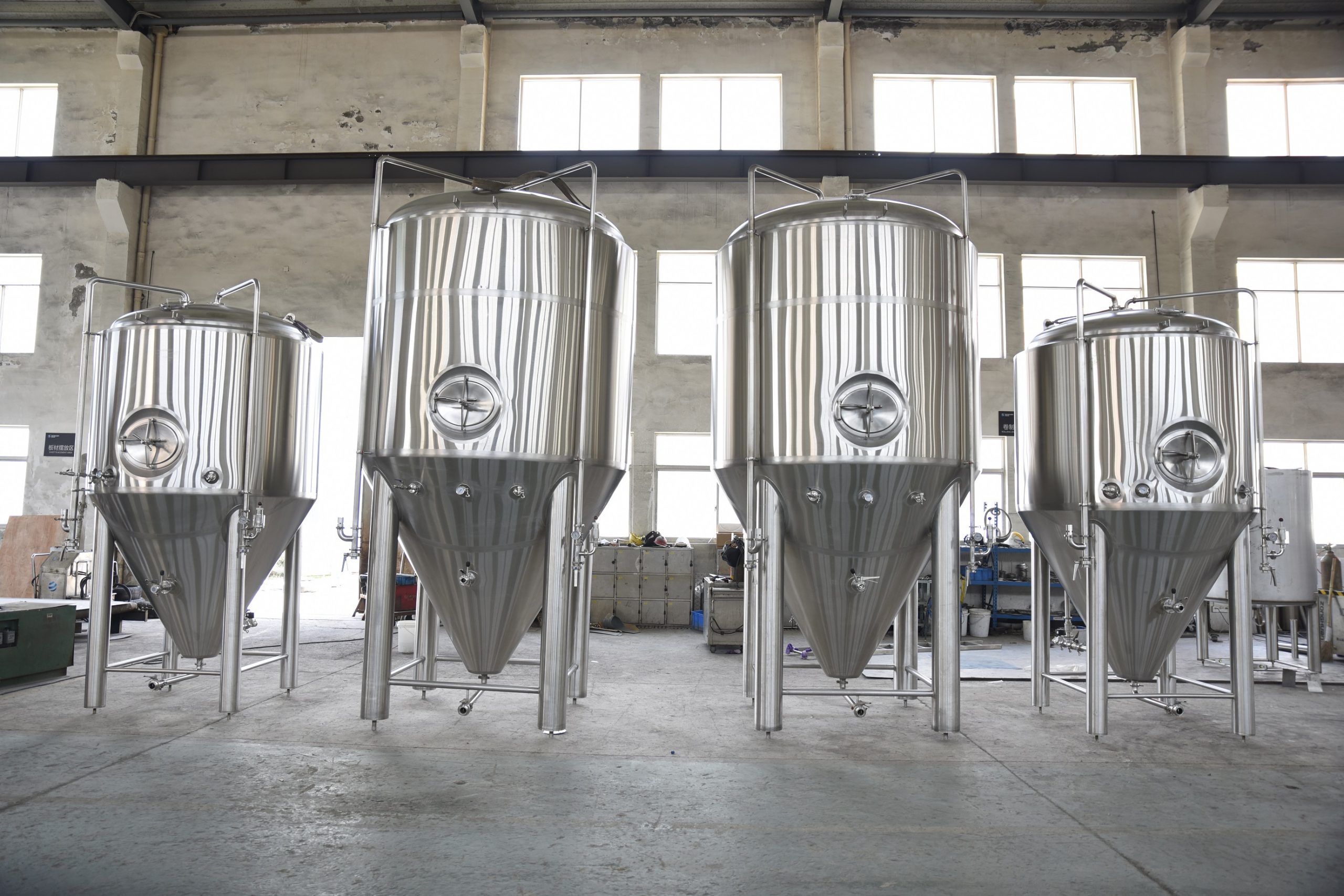
Choose the right 30bbl brewing system for your brewery
Space Availability: Evaluate the available space in your brewery to accommodate a 30bbl brewing system. Consider the dimensions and layout of the brewhouse, fermentation vessels, storage tanks, and other equipment. Ensure that the system can be installed comfortably within your facility without compromising safety and operational efficiency.
Equipment Configuration: Consider the specific configuration and components of the brewing system. Evaluate the brewhouse design, fermentation vessels, heat exchangers, pumps, control panels, and automation features. Ensure that the equipment meets your brewing process requirements and supports your desired beer styles.
Quality and Durability: Assess the quality and durability of the brewing system and its components. Research the reputation and track record of the manufacturer. Consider the materials used, construction methods, and the system’s ability to withstand the demands of continuous brewing operations. A reliable and well-built system will minimize downtime and maintenance needs.
Customization and Scalability: Determine if the brewing system allows for customization and future scalability. Consider if the manufacturer can accommodate specific design modifications or additional features to suit your brewing needs. Assess if the system can be easily expanded or upgraded in the future to meet growing production demands.
Support and Service: Research the manufacturer’s support and service offerings. Consider factors such as technical support availability, warranty coverage, and the availability of spare parts. A reputable manufacturer with excellent customer support can provide valuable assistance during installation, training, and ongoing maintenance.
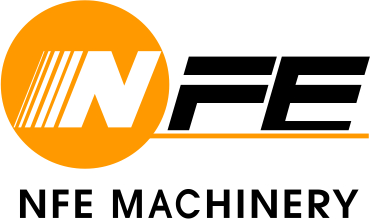
Conclusion
It is advisable to consult with multiple brewing system manufacturers, request detailed proposals, and compare their offerings before making a final decision. Carefully evaluate how each system aligns with your specific brewery’s needs, growth plans, and budgetary considerations. In order that you can choose the right 30bbl brewing system that meets your brewery’s requirements and sets you up for success.



















